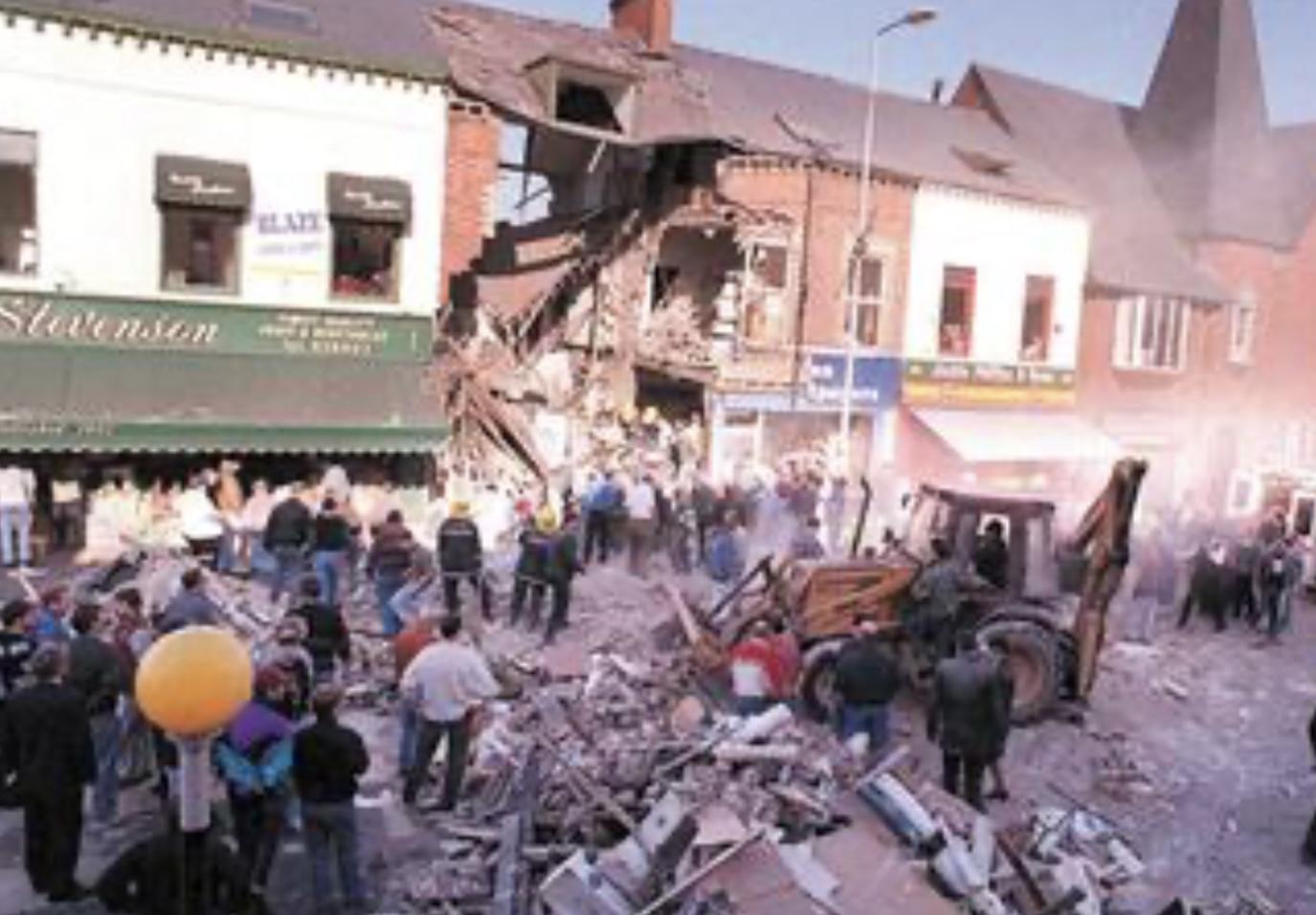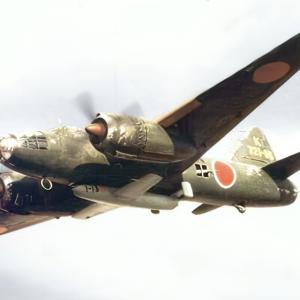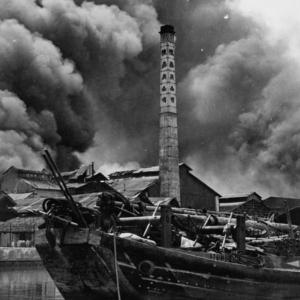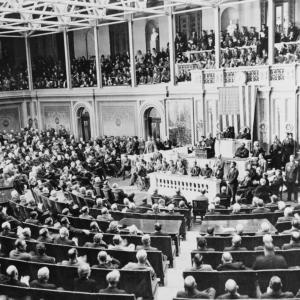
The Troubles
The Shankill Road bombing took place on October 23, 1993, in one of the most volatile areas of Belfast during the Northern Ireland conflict known as the Troubles. That Saturday afternoon, two members of the Provisional IRA entered Frizzell’s fish shop on the Shankill Road carrying a bomb intended to target the leadership of the Ulster Defence Association (UDA), who were believed to be holding a meeting in a room above the shop. The IRA operatives had reportedly planned to leave the device with a short timer, allowing time for them to escape and for a warning to be phoned in. However, the bomb detonated moments after they entered, killing one of the bombers and nine others in the shop and street, most of whom were civilians, including two young girls.
The device itself was made with a commercial explosive, packed into a sports bag. While the intention was to detonate it inside the building to collapse the upper floor and kill those believed to be meeting there, it exploded prematurely—either due to a fault in the timing mechanism or accidental triggering during handling. The blast was devastating, flattening the shop and causing significant structural damage to nearby buildings. In addition to the ten deaths, over fifty people were injured, some severely, with shrapnel wounds, broken bones, and long-term trauma. Survivors later described scenes of chaos and horror, as passersby and rescue workers pulled victims from the rubble.
The IRA claimed responsibility later the same day. They stated that the attack was aimed at senior UDA figures, including Johnny Adair, who was known to frequent the building. According to their version, the plan was to issue a warning after placing the bomb. However, this assertion was widely rejected by victims’ families and political leaders, who saw the operation as reckless and inexcusable. No effective warning had been given, and the busy nature of the area at the time made such an attack particularly dangerous to civilians.
The second IRA member involved in placing the bomb survived the explosion and escaped the scene. His identity remained officially unconfirmed for years, although investigative journalists and former paramilitaries later named individuals they believed were involved. Despite public outcry and several police investigations, no one was successfully prosecuted for the bombing. Accusations of botched intelligence, cover-ups, and failures to act on prior warnings circulated in the aftermath. For many, the lack of justice only deepened the wound.
The attack triggered a brutal cycle of revenge. Within days, loyalist paramilitaries launched retaliatory killings against Catholic civilians, escalating the already bloody conflict. The bombing, and the backlash it provoked, became a grim turning point, underlining the futility of tit-for-tat violence. Politically, it hardened attitudes but also fueled efforts to push for a negotiated settlement, as more voices emerged demanding an end to civilian slaughter.
Today, the Shankill Road bombing remains one of the most painful symbols of the Troubles. Memorials and anniversaries mark the event, yet deep divisions persist over its meaning. For some, it reflects the tragic cost of misjudged militancy. For others, it is remembered as part of a wider cycle of grief, loss, and political failure. The facts of that day—an intended assassination turned mass-casualty bombing—continue to stir raw emotions, decades after the dust settled.










